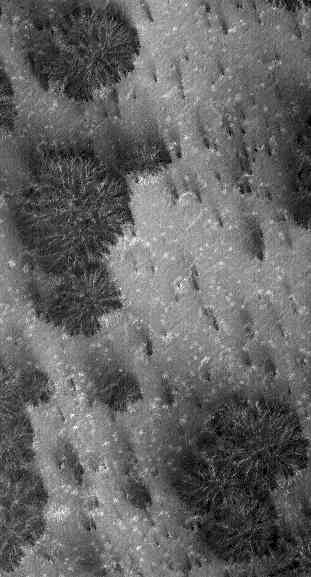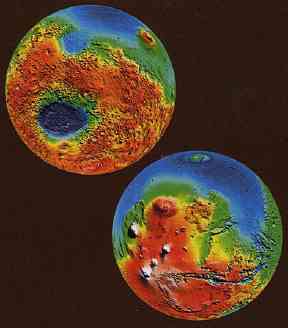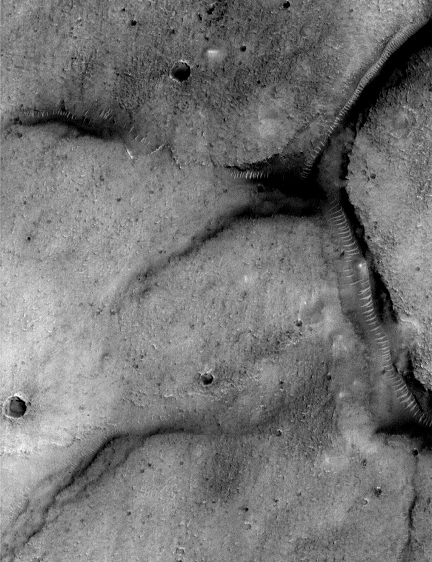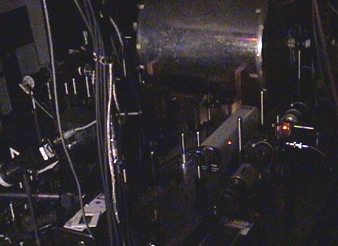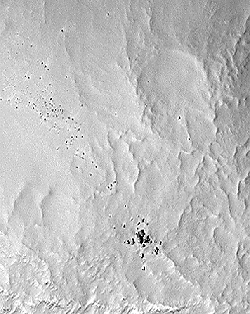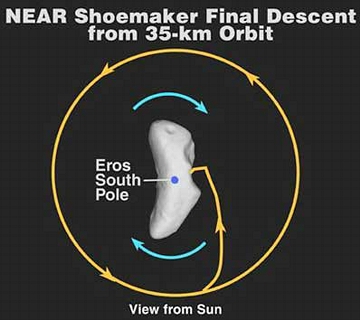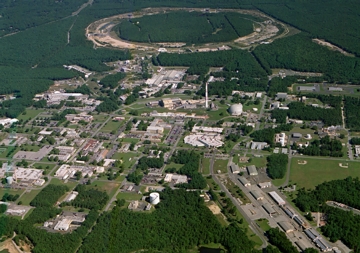
April 15, 2001 Philadelphia, Pennsylvania - A brand new theory about the creation of the universe emerged recently from cosmologists and particle physicists at Princeton University, the University of Pennsylvania and Cambridge, England. The new theory is called the Ekpyrotic Universe, from a Greek word meaning "conflagration" used to describe the universe's creation from a huge fireball that cooled down. Periodically, the Greeks thought, the process could repeat itself.
Click here to subscribe and get instant access to read this report.
Click here to check your existing subscription status.
Existing members, login below:



